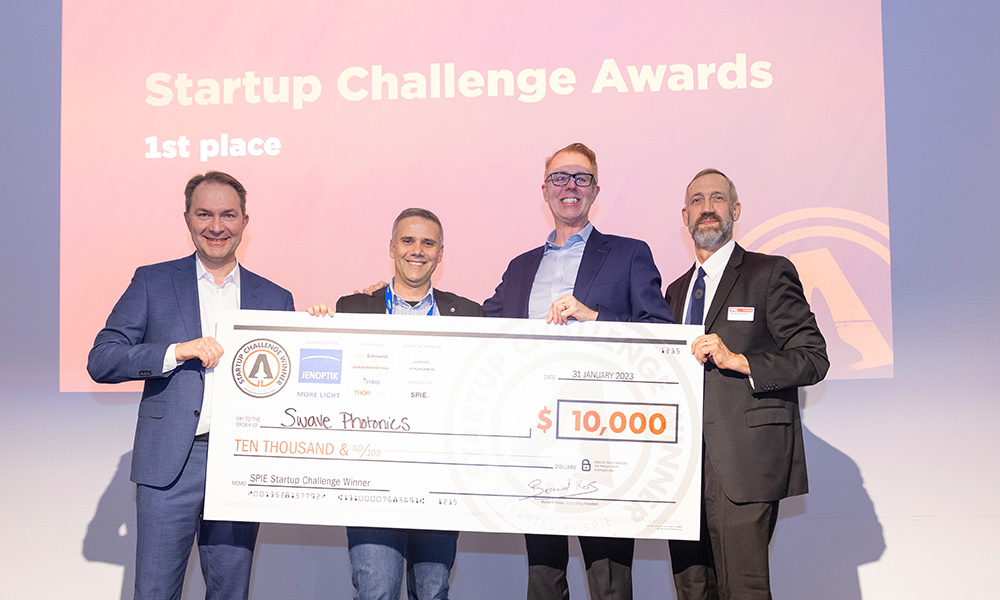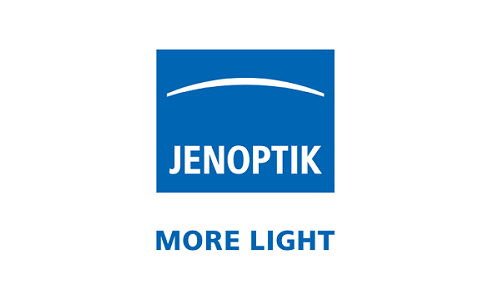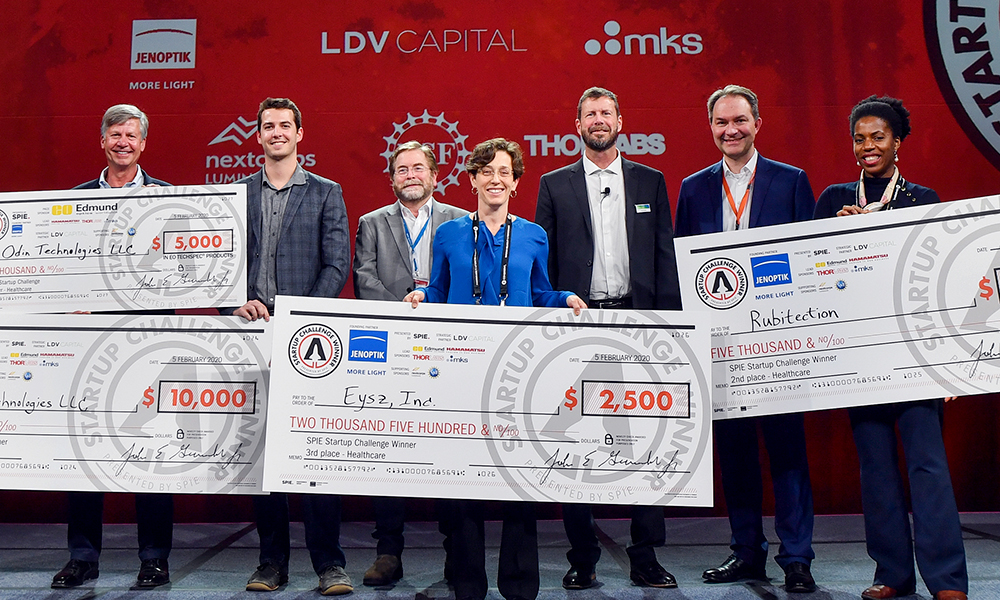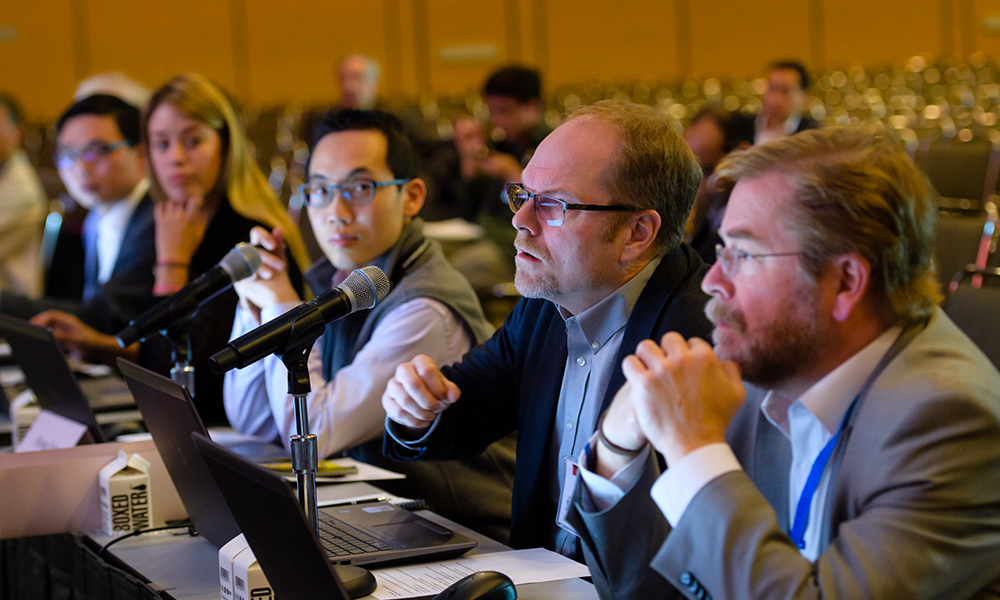
More than a simple pitch competition, the SPIE Startup Challenge is an entry point into the community of high-tech business development. Numerous mentors volunteer their time in support of new business ventures. The 2024 finalists pitched their light-based technology business plan to a team of business development experts and investors at Photonics West on 30 January 2024.
Congratulations to TRAQC, ClearVision, and UriMetrics, awarded the top three places at this year's SPIE Startup Challenge. Read the full press release.
Startup Challenge
Meet the 2024 winners
The application process will open again in October 2024
|
1st place winner: TRAQC $10,000 prize Real-time inspection solution for the printed electronics industry. |
|
2nd place winner: ClearVision $5,000 prize A non-invasive alternative to permanent vision-correction surgeries based on corneal sculpting with femtosecond laser technology |
|
3rd place winner: UriMetrics $2,500 prize A lens-free imaging solution for reducing the incidence of catheter-associated urinary tract infections (CAUTI). |
All Startup Challenge applicants receive expert feedback on their technology and business model from photonics industry leaders based on their answers in the application. Finalists go on to compete at Photonics West for cash prizes provided by SPIE Startup Challenge Founding Partner Jenoptik.
Cash prizes for winners:
1st Place - US $10,000
2nd Place - US $5,000
3rd Place - US $2,500

In addition to the cash prizes, winning participants receive immediate and ongoing recognition, including:
Industry leaders at Jenoptik understand the value of superb innovation. The company's support of SPIE Startup Challenge is unmatched.

The competition focuses on new businesses and potential startups within two areas of focus from the worldwide community of entrepreneurs.


Scientific or engineering innovation (software apps not included)

Participating teams compete for sponsored prizes as well as gaining increased visibility with potential investors.

Industry leaders, mentors, and investors give their time, share expertise, and ensure startup businesses are on a path to success.

Participants in the competition are connected to other entrepreneurs and previous participants.
If you have questions about eligibility, participation, expectations, sponsorship, or anything related to the SPIE Startup Challenge, please contact Emily Bottemiller, emilyb@spie.org.